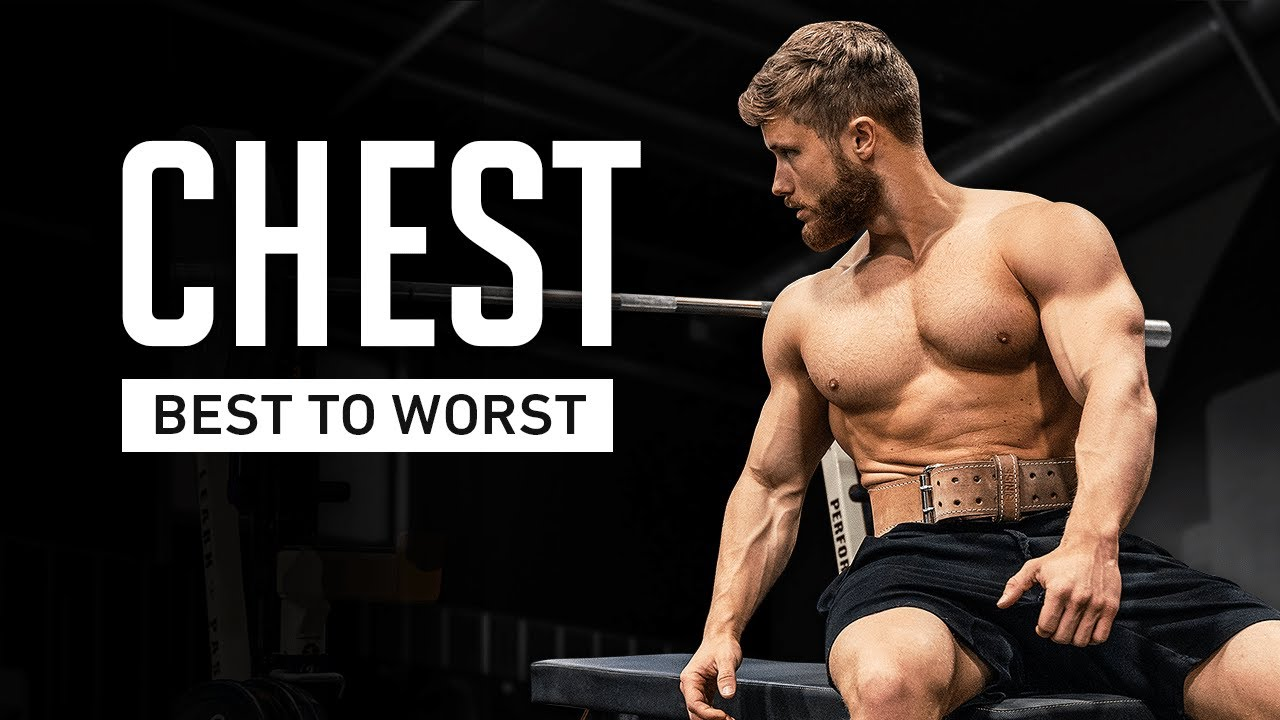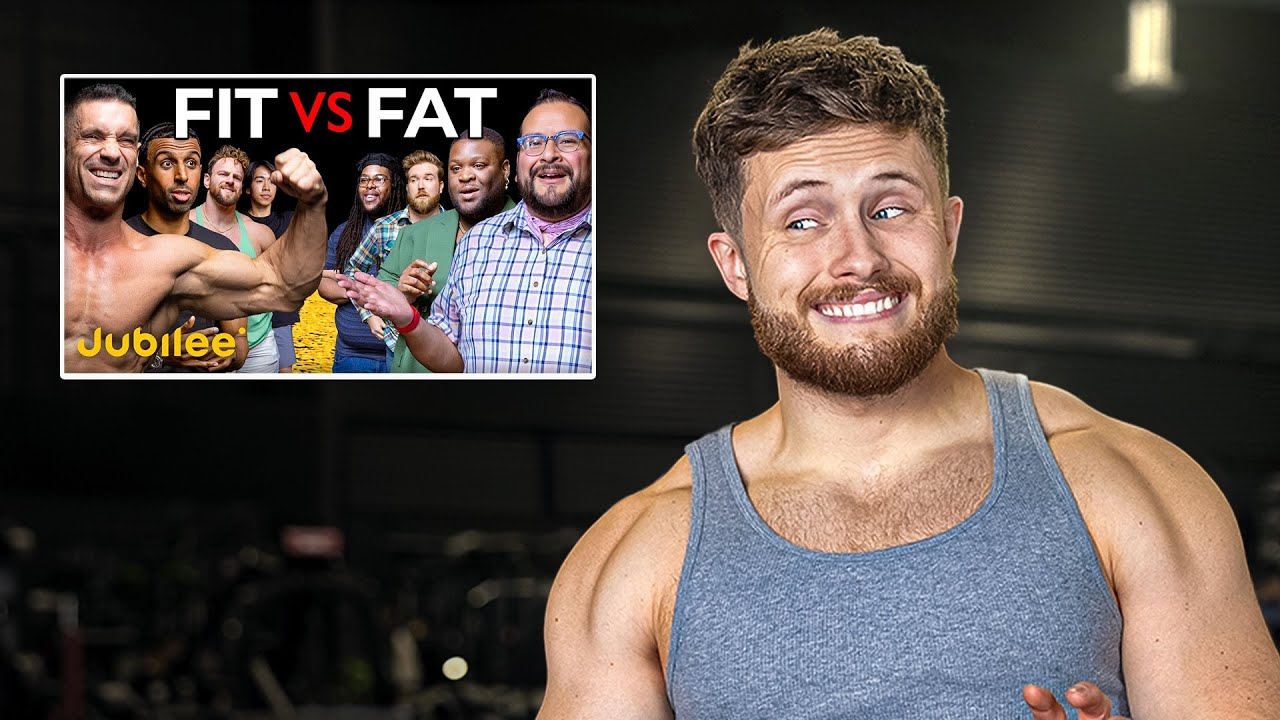Top 10 Chest Exercises Ranked: Best to Worst for Muscle Growth
Building a well-developed chest takes more than just pumping out endless bench press sets. With dozens of exercises to choose from, selecting the right movements can make all the difference in maximizing hypertrophy. In this guide, I’ve ranked my top 10 favorite chest-building exercises—based on effectiveness, overload potential, enjoyment, and accessibility—plus a few to avoid if chest gains are your priority.
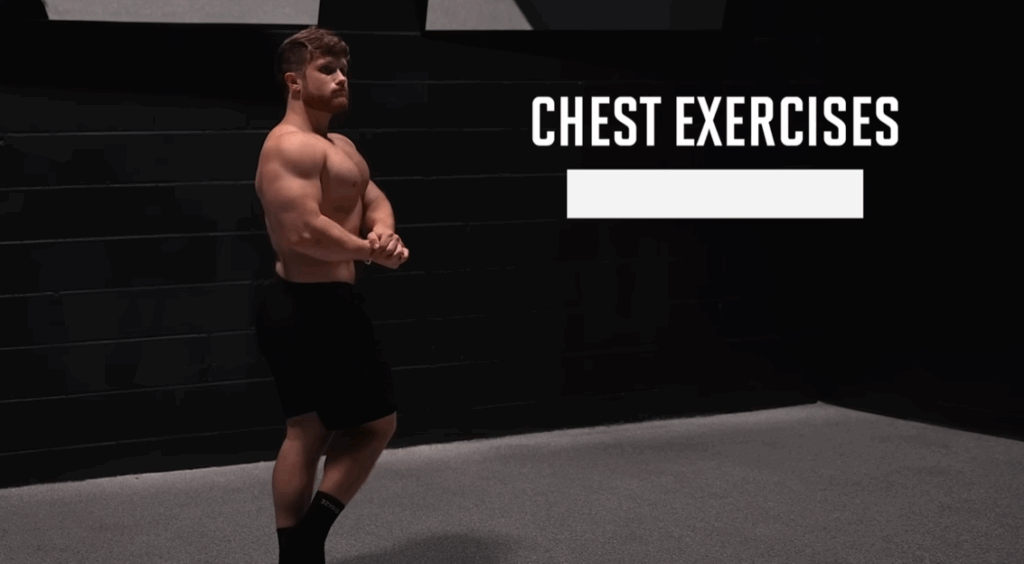
Ranking Criteria
Each movement is rated on a 5-star system using the following criteria:
- Muscle activation: How well the movement targets the pecs.
- Progressive overload potential: Can you consistently increase load or reps?
- Accessibility: Is the exercise practical in most gyms?
- Enjoyment: Is it engaging and sustainable long term?
Let’s count down from 10 to 1.
#10 – AMRAP Push-Ups
Rating: ★★★☆☆
Bodyweight push-ups to failure (AMRAP) are highly accessible—you only need floor space—but they come with limitations. While great for conditioning and as a workout finisher, they often require 30–50 reps before the chest even fatigues. This makes them inefficient for stimulating hypertrophy. Still, they offer a mental and muscular challenge, especially when taken to failure.
Best use: Finisher or high-rep burnout at the end of a chest session.
#9 – Dumbbell Stretch Isometric Hold
Rating: ★★★☆☆
This unique isometric movement involves holding dumbbells in the bottom position of a press for 45–60 seconds. It emphasizes the stretch position, which may promote hypertrophy, especially when added to the end of a workout. While it doesn’t involve concentric motion, it’s a powerful tool for increasing time under tension. Progression is achieved by increasing hold duration.
Best use: Post-workout stretch overload technique.
#8 – Pec Deck Machine
Rating: ★★★½☆
The pec deck machine offers consistent resistance across the full range of motion—unlike dumbbell flyes, which lose tension at the top. It’s easy on the joints and ideal for isolating the chest without involving the shoulders or triceps too much. However, it’s not the best for heavy progressive overload, and form breakdown can happen if you go too heavy.
Best use: Chest isolation and hypertrophy without joint strain.
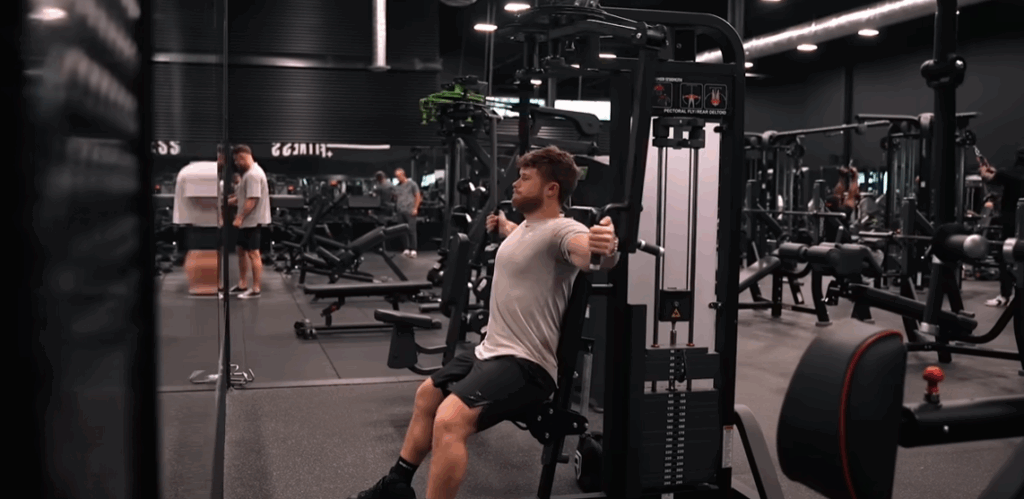
#7 – Cable Crossover Ladder Sets
Rating: ★★★½☆
This variation rotates cable height each set to emphasize upper, middle, and lower pecs. It creates a unique mind-muscle connection and keeps the exercise engaging. Tension remains high throughout, and it’s excellent for a deep contraction. Although it’s not an overload-focused movement, it’s a great pump-inducing addition.
Best use: Mid-to-late workout volume and pump.
#6 – Weighted Chest Dips
Rating: ★★★★☆
When performed with a forward lean, dips can hammer the chest with both stretch and contraction. Adding weight makes them scalable, and the exercise responds well to progressive overload. Downsides include the shoulder strain some experience and the setup required with belts or plates.
Best use: Strength and hypertrophy builder in intermediate or advanced programs.
#5 – Banded Deficit Push-Ups
Rating: ★★★★☆
This underrated movement combines the depth of a deficit push-up with the resistance curve of a resistance band. The bottom stretch hits the pecs hard, while the band adds difficulty at lockout. You can modify the load with different bands or by placing a plate on your back. It’s tough to beat in terms of stimulus with minimal fatigue.
Best use: Moderate-rep sets (10–15 reps), great for home or gym use.
#4 – Incline Dumbbell Press
Rating: ★★★★☆
Incline pressing with dumbbells not only targets the upper chest but also provides a longer range of motion compared to barbells. Recent research confirms its superiority for upper pec development. While getting heavy dumbbells into position can be cumbersome, the muscle-building benefits make the effort worthwhile.
Best use: Primary compound for upper chest growth.
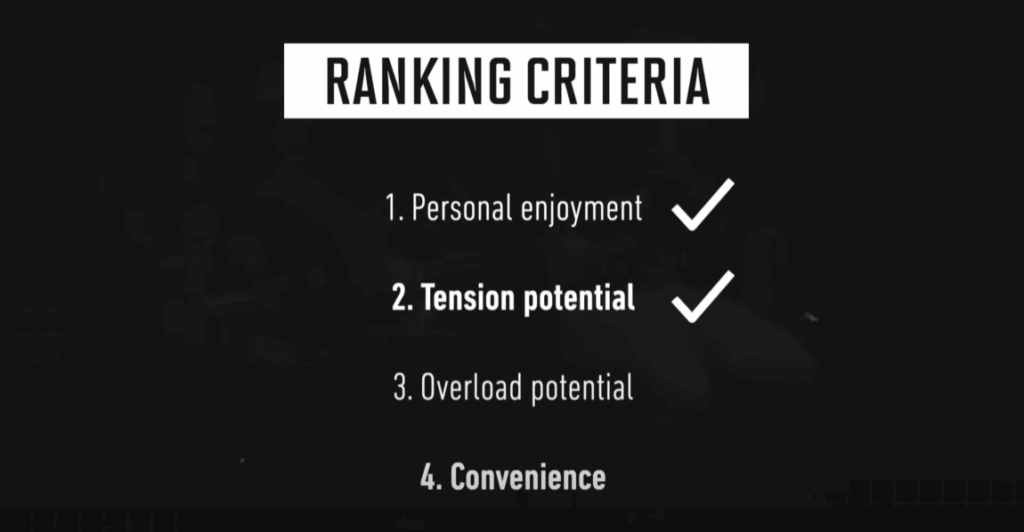
#3 – Single-Arm Cable Press-Around
Rating: ★★★★½
This unilateral movement shines for several reasons: it maximizes the range of motion, encourages peak contraction, and minimizes delt/triceps interference. You can also brace with the non-working arm for stability. Unlike traditional cable flyes, this allows for true pec-focused work. It’s fantastic for squeezing out extra volume without overloading joints.
Best use: Hypertrophy-focused accessory movement, 10–12 rep range.
#2 – Chest Press Machine (Plate-Loaded or Pin-Loaded)
Rating: ★★★★½
Machine presses get a bad rap from purists, but a well-designed chest press machine offers unmatched pec stimulation with reduced joint stress. Stabilization demands are lower, allowing you to fully zero in on chest contraction. Plus, progression is simple—just add weight. The only caveat is machine fit; some don’t suit every body type.
Best use: Primary heavy compound for stable overload in hypertrophy blocks.
#1 – Barbell Bench Press
Rating: ★★★★★
The king of chest exercises. The barbell bench press delivers consistent tension, is easy to progressively overload, and is universally available. While it may not emphasize the stretch as much as dumbbells, its effectiveness for building size and strength is undeniable. When paired with flyes or deficit movements, its range of motion limitations are negated.
Best use: Foundational pressing movement for strength and mass.
Honorable Mentions (Not Included in the Top 10):
- Flat Dumbbell Press – Still excellent, with a more natural arc than barbells and enhanced range of motion.
- Incline Barbell Press – Great variation to target upper pecs with heavier loads.
Bottom 3 Chest Exercises to Avoid
Some movements simply don’t live up to the hype or miss the mark when it comes to chest activation.
❌ Standing Plate Press
Despite its popularity, the resistance direction (downward due to gravity) doesn’t align with the horizontal movement of a press. This makes it more of a front delt exercise than a chest one.
❌ Alternating Dumbbell Press
While it works the pecs, the rest interval between alternating arms reduces intensity and tension. The instability also makes it harder to overload effectively.
❌ Dumbbell Pullover
Despite its reputation, the pullover mainly targets the lats and serratus—not the chest. Chest activation is limited to a short contraction at the top.
Final Thoughts
These rankings are based on my experience and the latest evidence in muscle growth. While some movements outperform others, it’s the total program design and consistent progression that matter most. Rotate exercises smartly, pair compound presses with stretch-based isolation work, and train through various rep ranges for optimal development.
If you’re serious about building your chest or overall physique, make sure your training plan aligns with your goals. Not all exercises suit everyone—but the best ones stand the test of time.


